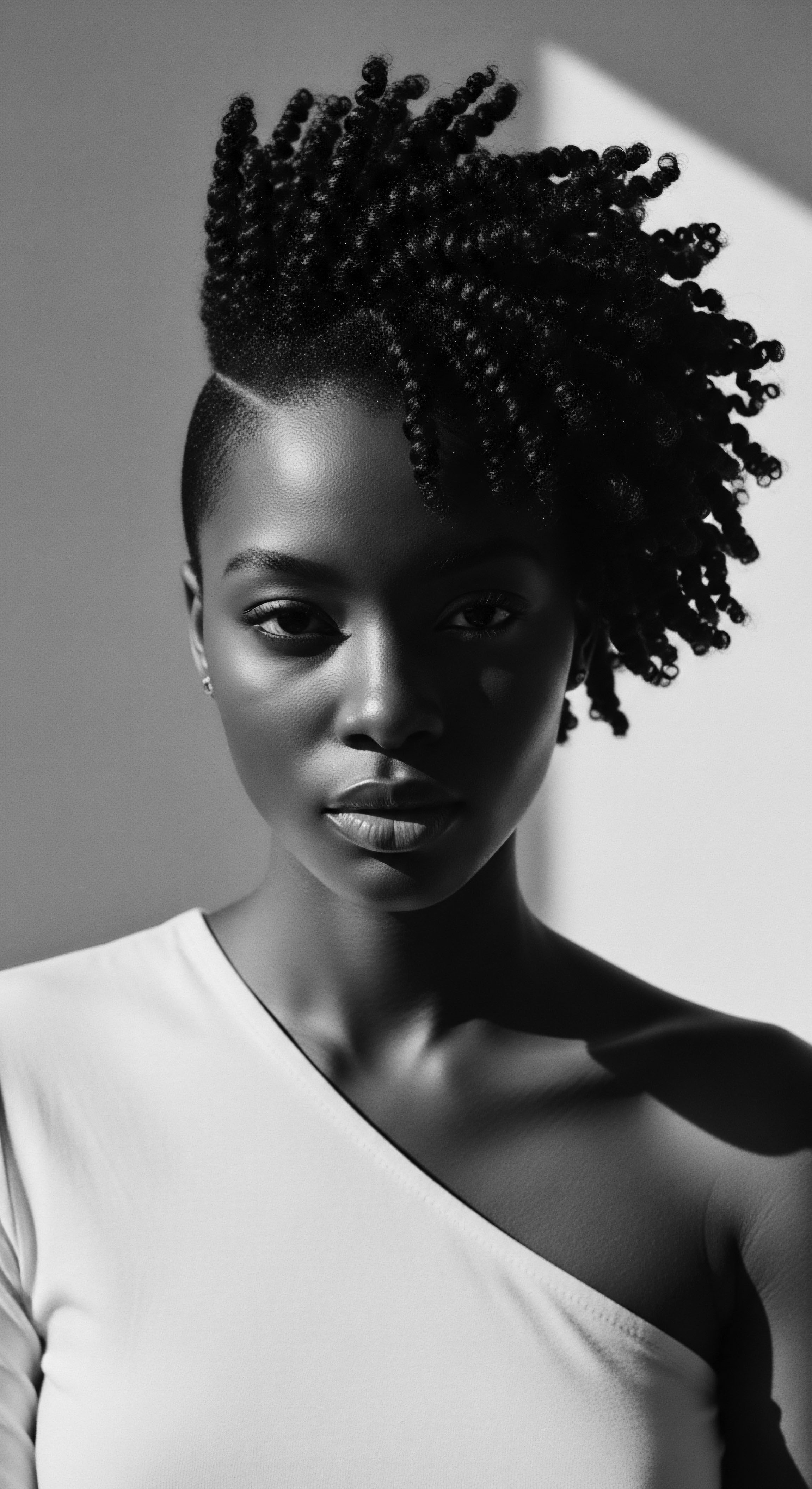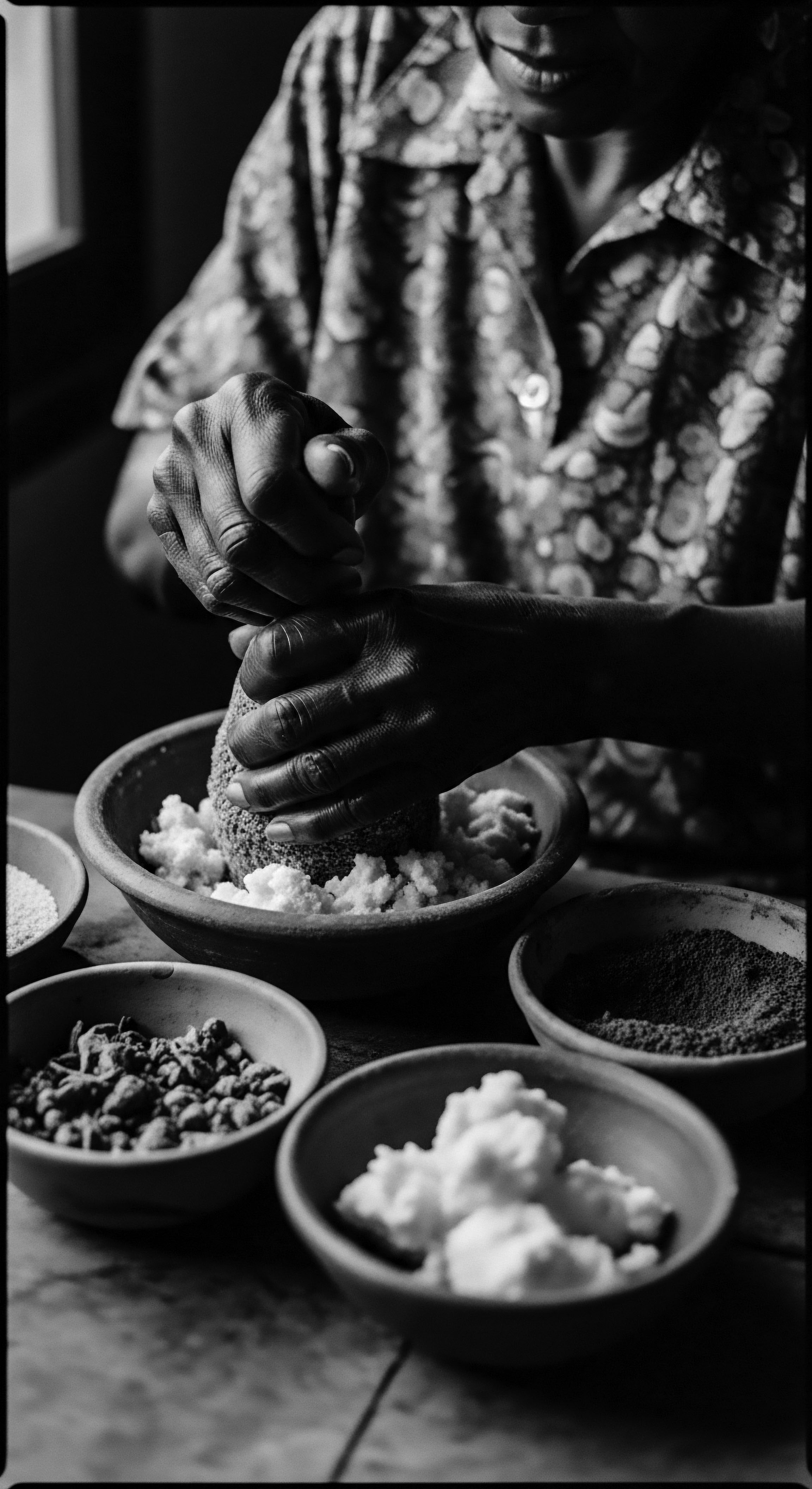
What historical hair oiling rituals influenced modern care for textured hair?
Historical hair oiling rituals, rooted in ancestral wisdom, influenced modern care for textured hair by providing deep moisture and protection.

Which traditional plant oils nourished textured hair effectively?
Traditional plant oils, chosen for their inherent properties and cultural significance, provided essential nourishment, moisture, and protection for textured hair across generations.
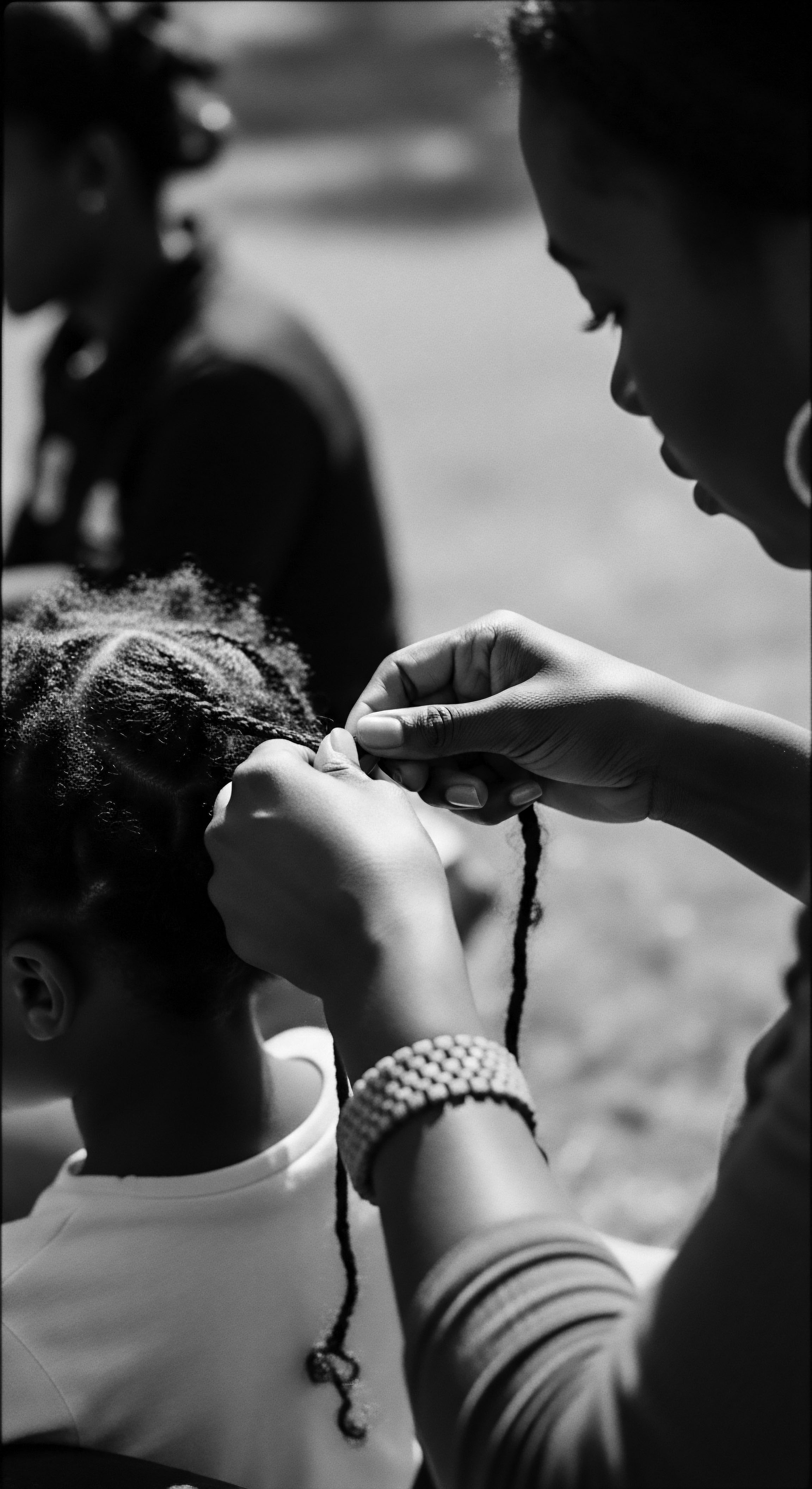
How do plant uses moisturize textured hair?
Plant uses moisturize textured hair by providing natural lipids and humectants, a heritage-rich practice passed through generations.
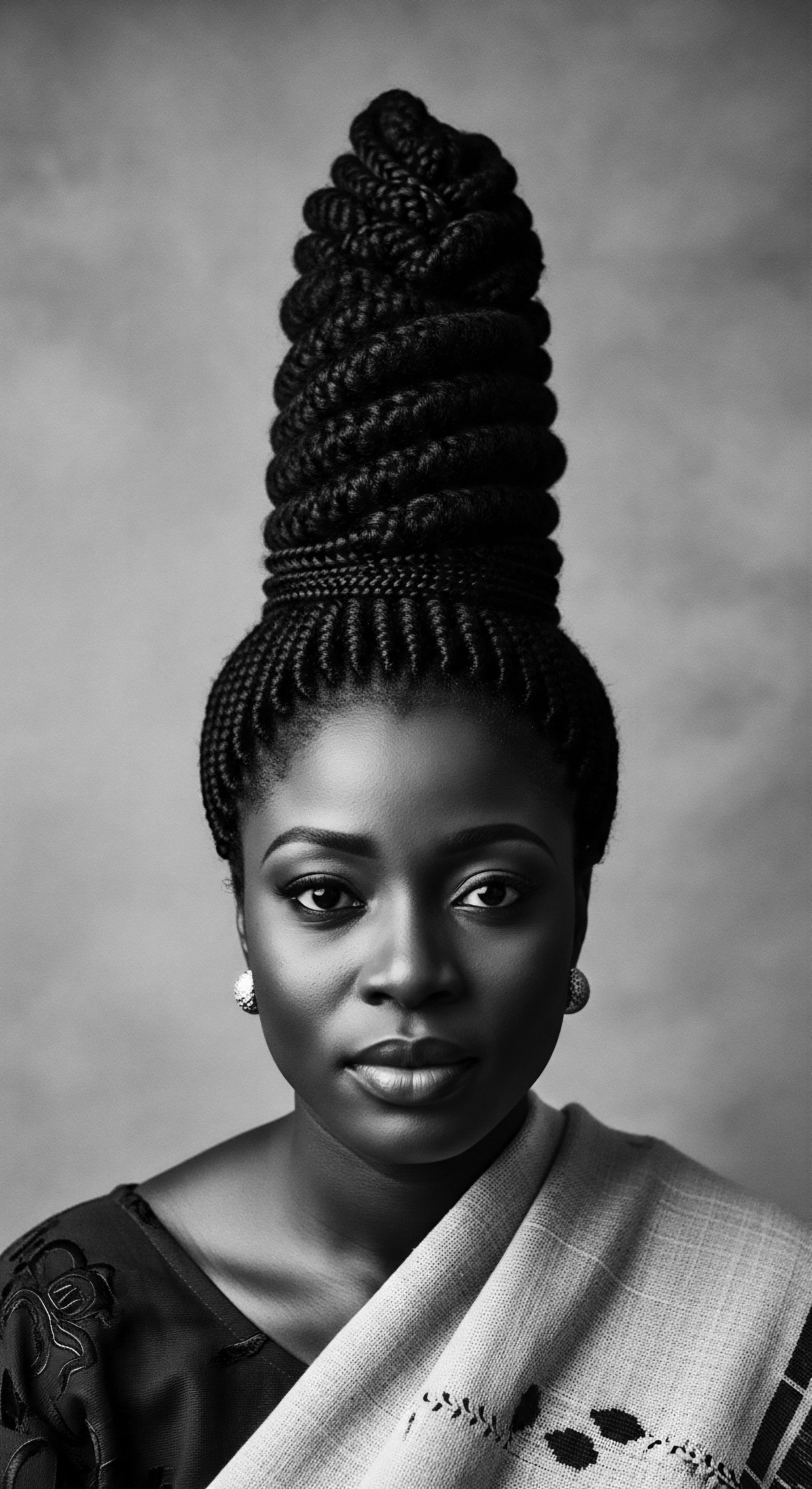
Which ancestral practices underpin textured hair care with traditional oils?
Ancestral practices underpin textured hair care through traditional oils, reflecting a deep, continuous heritage of nourishment and cultural identity.
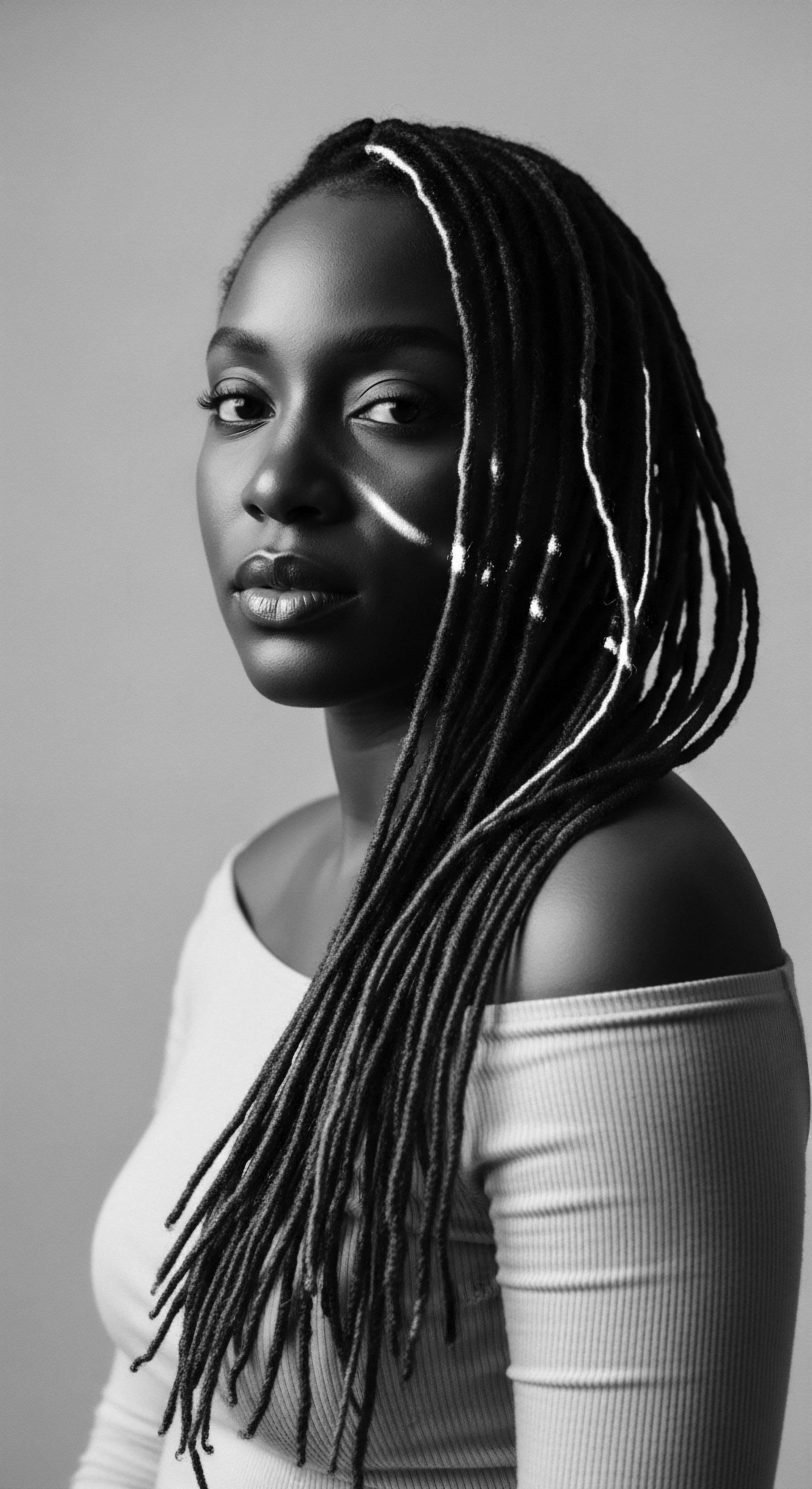
Which traditional oils best protect textured strands from breakage?
Traditional oils, rooted in ancestral practices, best protect textured strands from breakage by providing deep moisture and forming protective barriers.
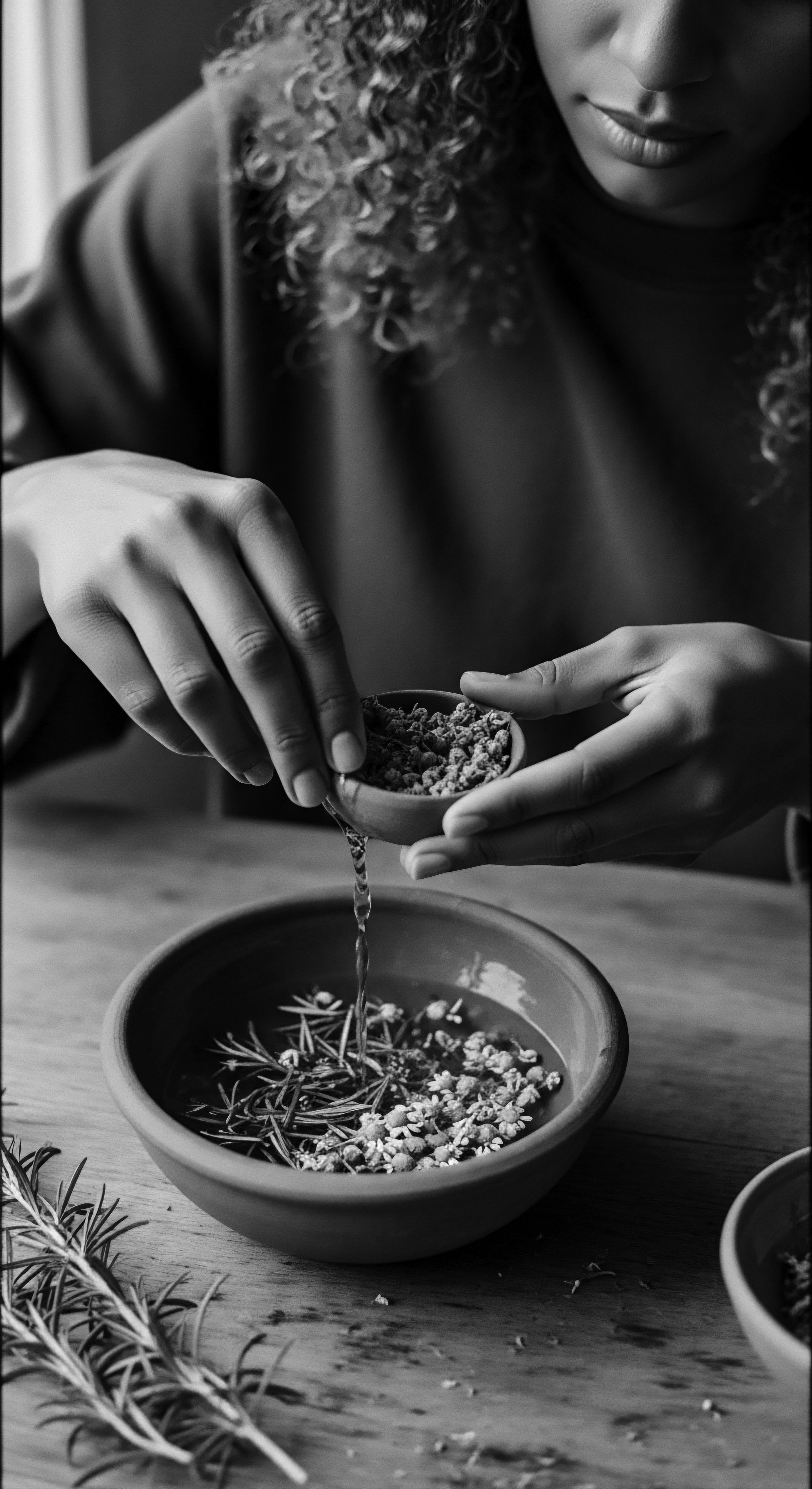
How did ancient cultures protect textured hair from drying?
Ancient cultures protected textured hair from drying through natural oils, protective styles, and mindful holistic practices rooted in ancestral wisdom.

What historical roles did natural oils serve for textured hair?
Natural oils served as protective agents, styling aids, and cultural anchors, deeply rooted in textured hair heritage and ancestral wisdom.
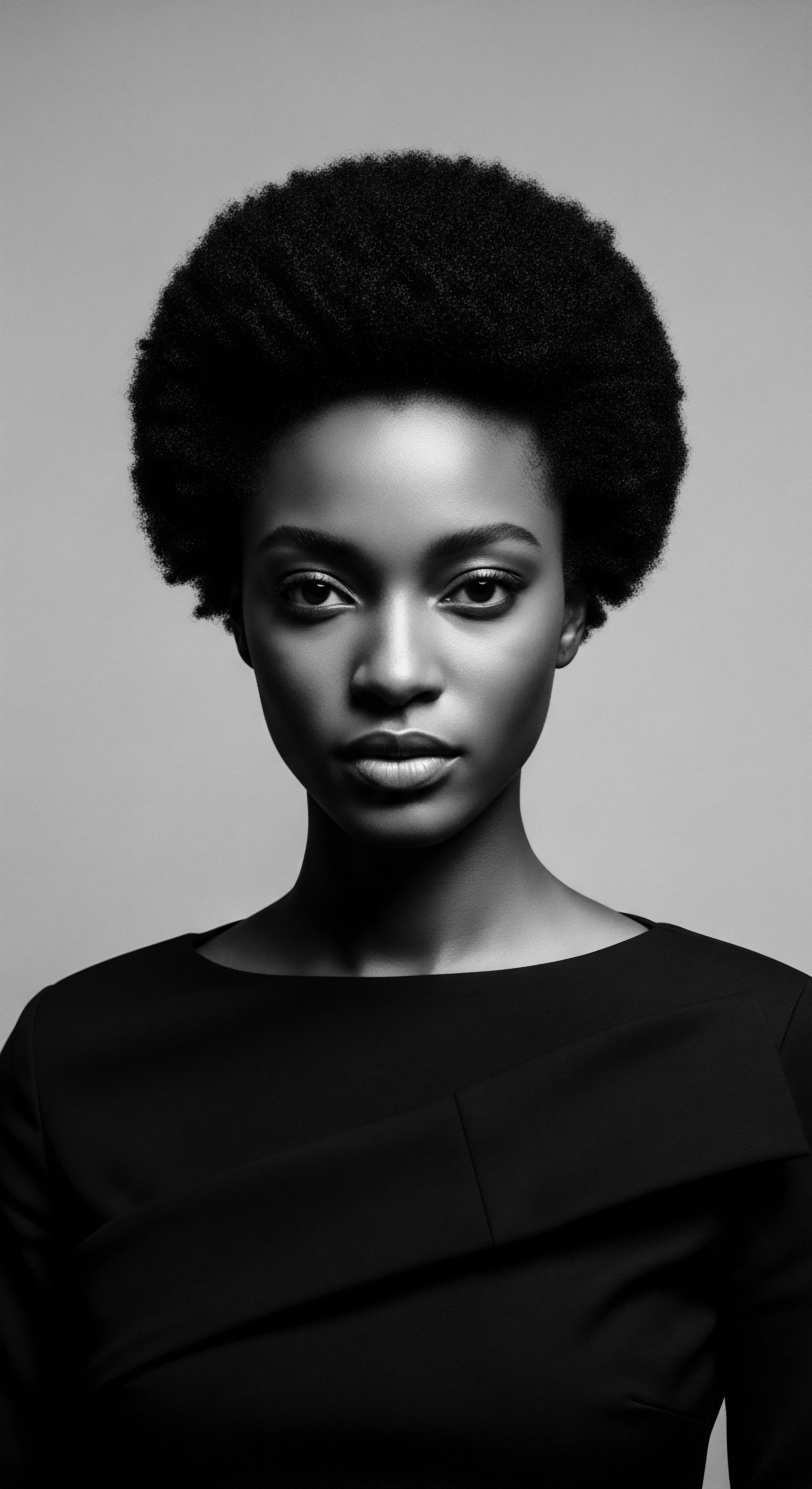
Can ancient oil practices improve modern textured hair care?
Ancient oil practices offer profound moisture, strength, and cultural connection for modern textured hair care, honoring a rich heritage.
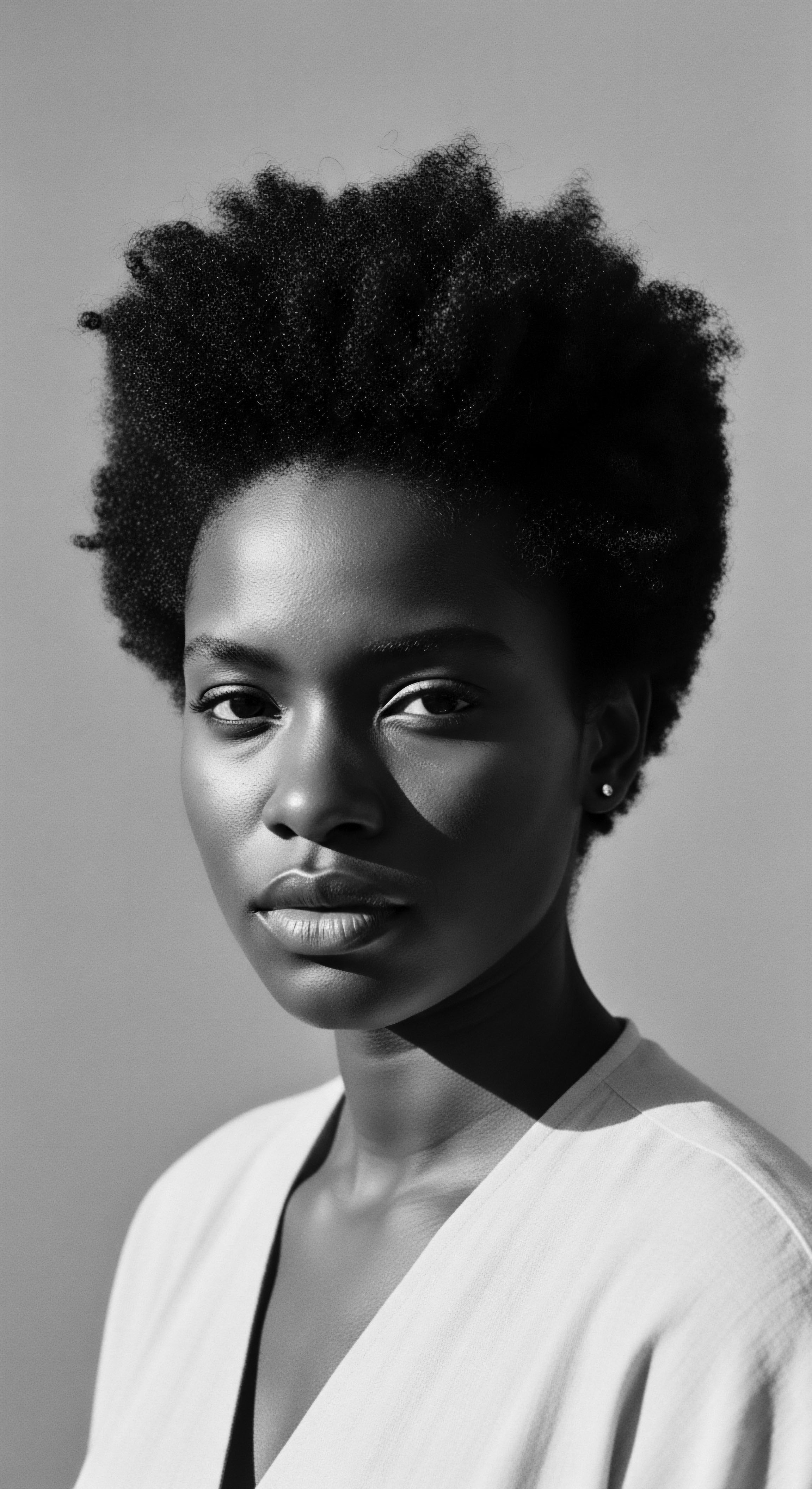
Which natural oils were significant in Black hair heritage?
Ancestral natural oils, like shea butter and castor oil, deeply nourished and protected textured hair across Black heritage.
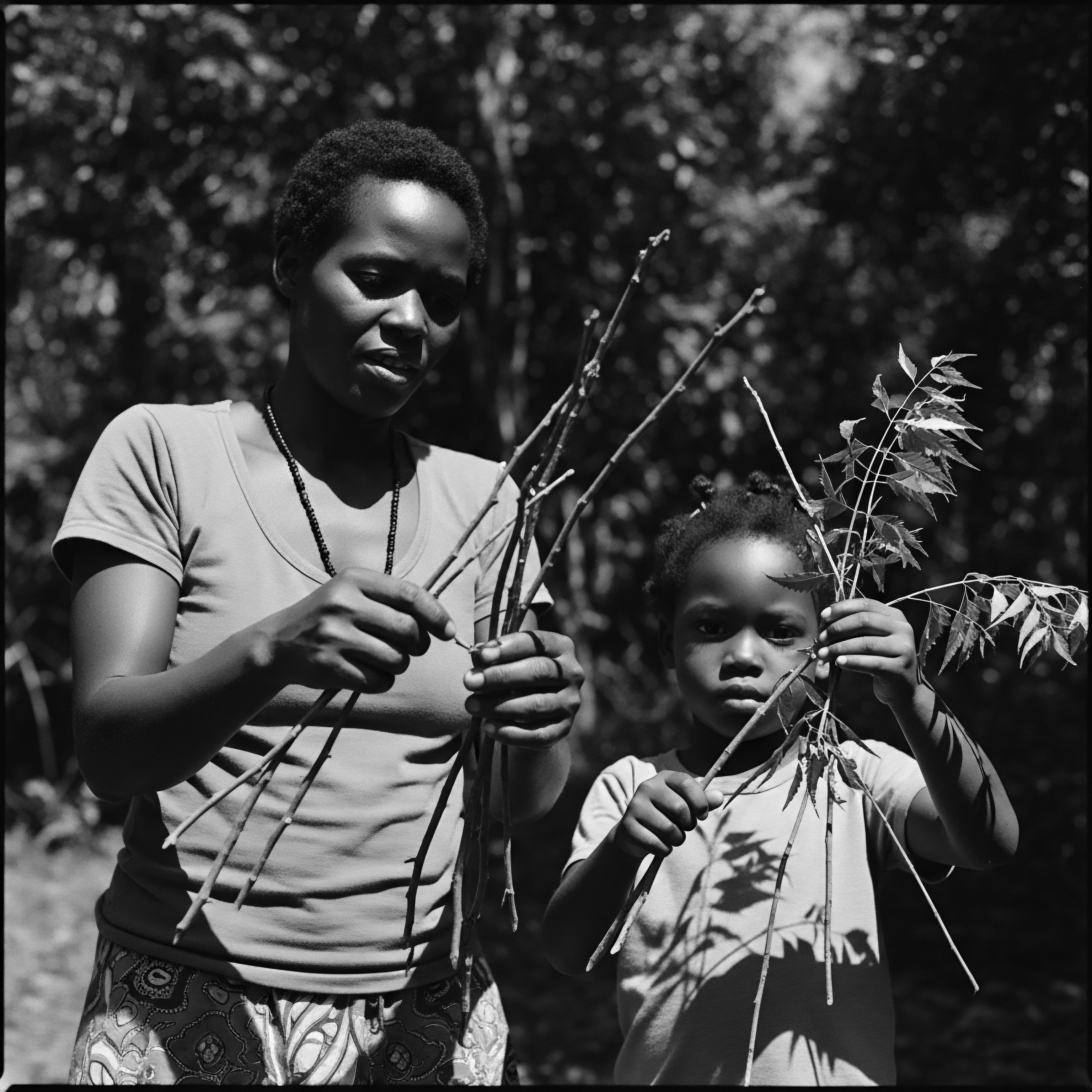
What traditional applications of natural oils honored textured hair?
Traditional natural oil applications deeply honored textured hair by providing ancestral nourishment, protection, and cultural significance across generations.
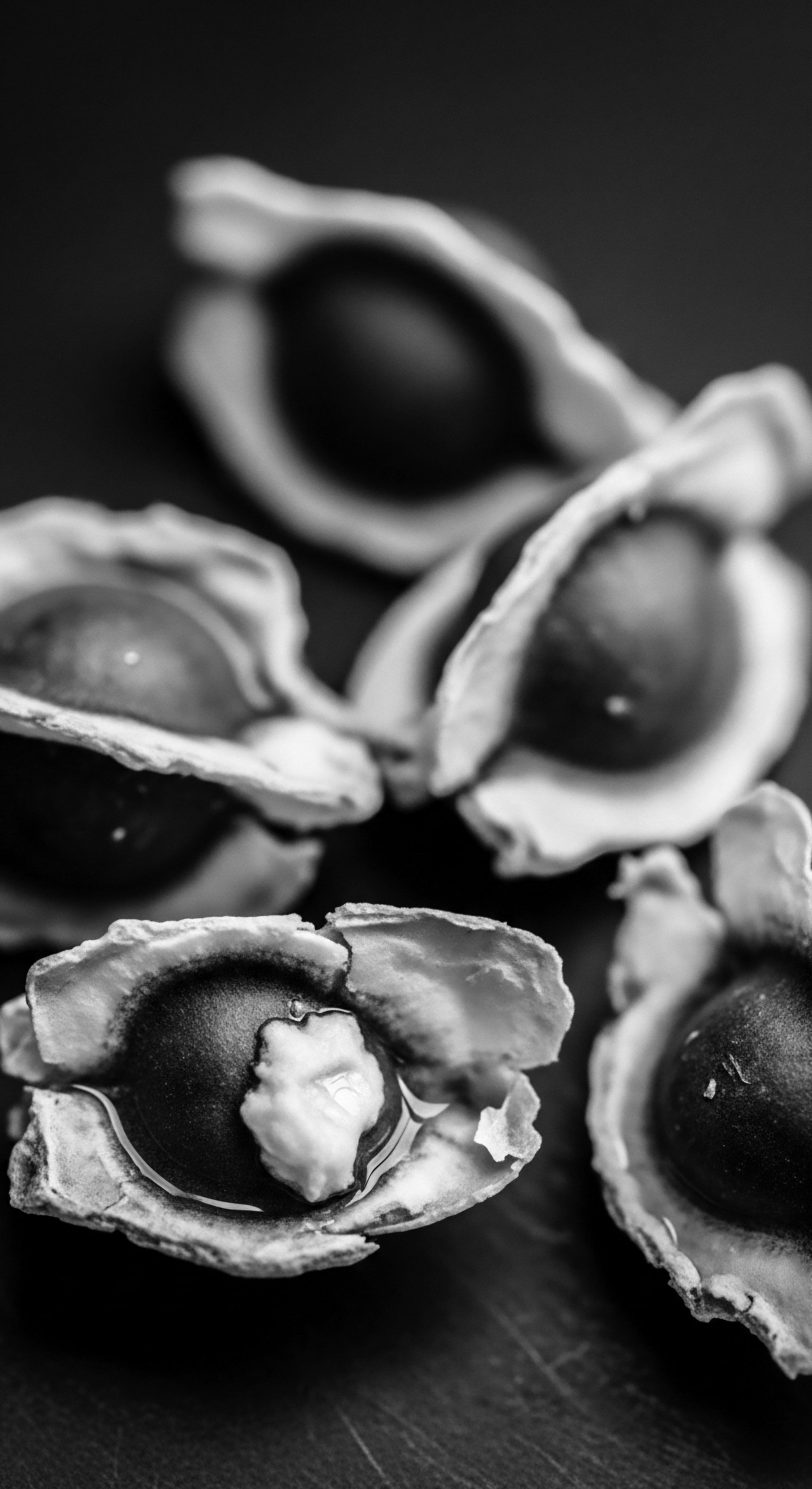
How did ancient Egyptians care for textured hair in dry climates?
Ancient Egyptians protected textured hair from dry climates using oils, fats, and protective styles, building a legacy of heritage care.
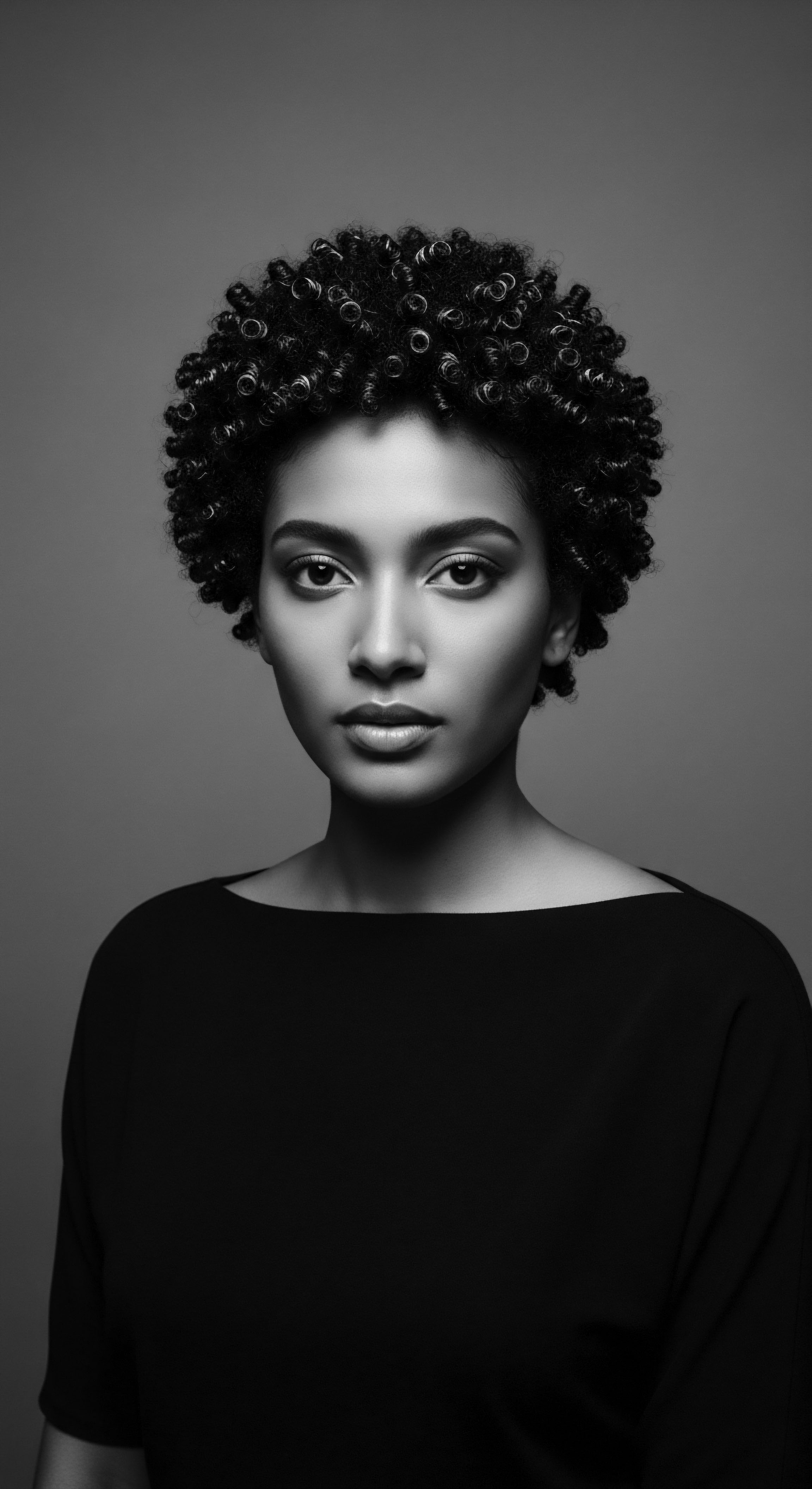
What historical oils help textured hair?
Historical oils like shea butter, castor oil, and coconut oil, used for millennia, represent foundational heritage for textured hair care.
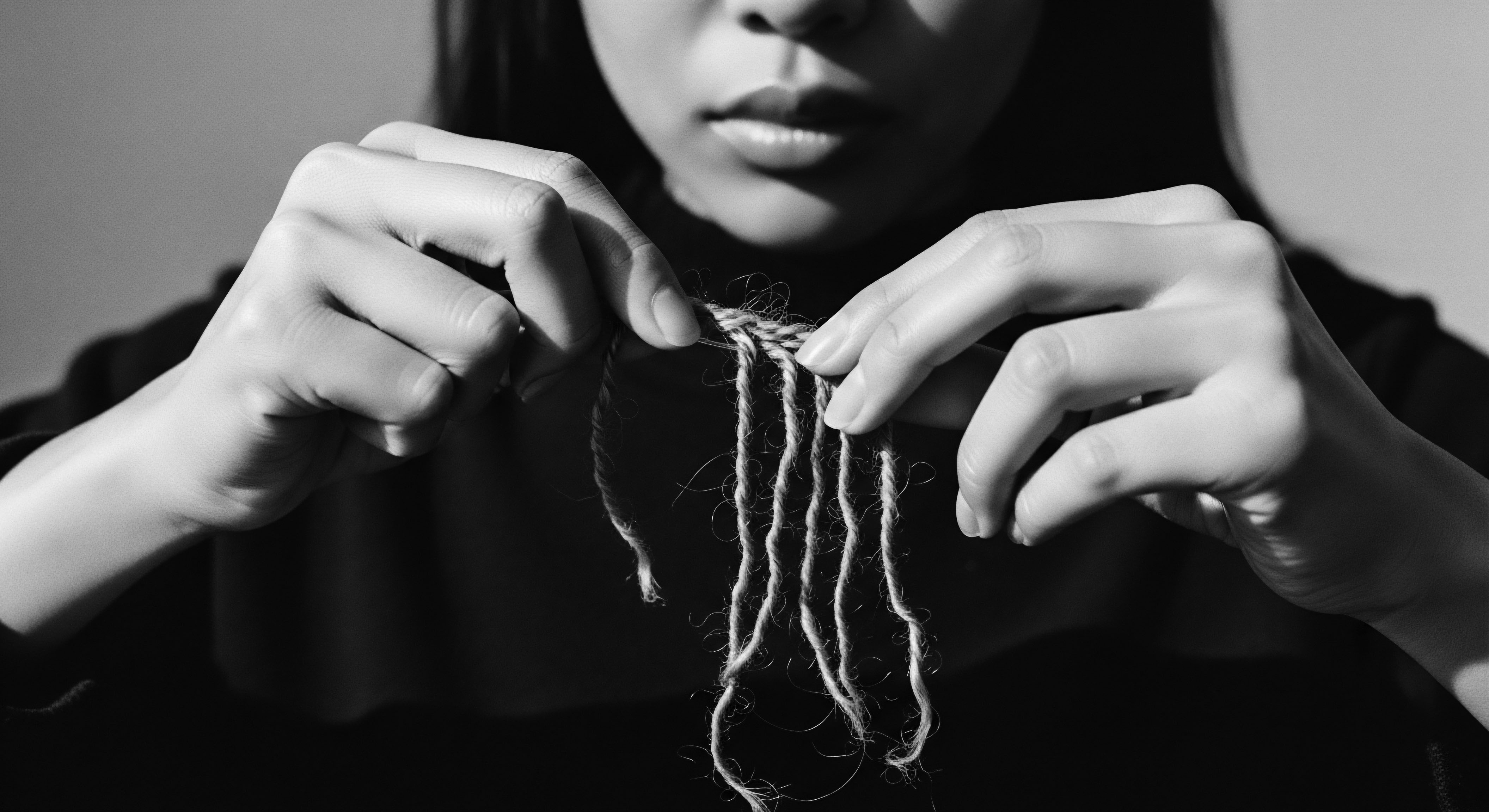
What historical oils were favored for textured hair?
Ancestral textured hair care favored oils like shea, castor, and baobab, symbolizing deep heritage and sustaining hair vitality.

